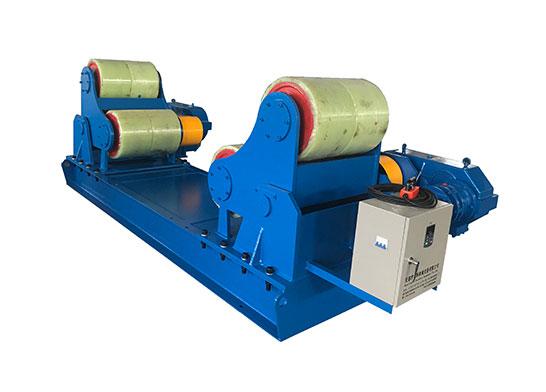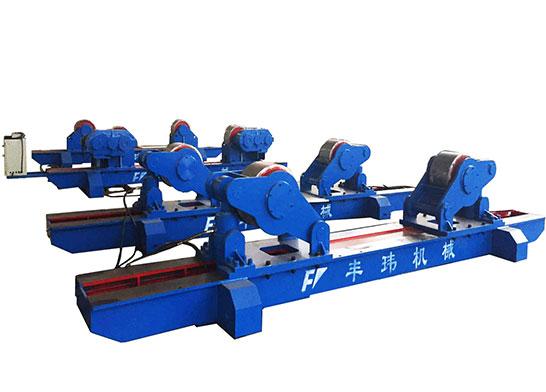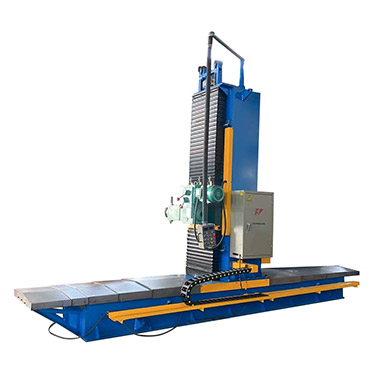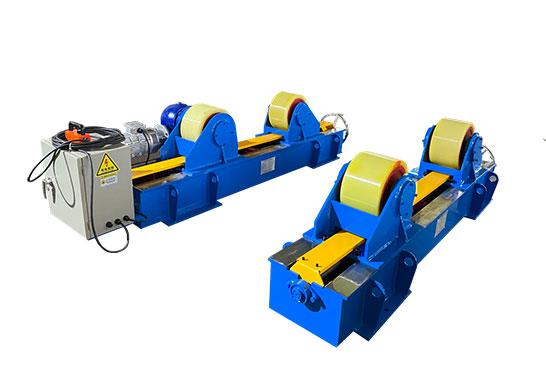The welding rotator heating solution is a more immediate method to control the temperature of the laser cutting flame. At this stage, in the working mode of most welding rotator machines and equipment in China, it is generally necessary to design a plan for the automatic control system to control the laser cutting. The temperature of the flame is high and low, and the combination of the traditional laser cutting method and the CNC machine tool technology makes the welding rotator more common in the industry.

In specific production and processing applications, the thickness of the production and processing plate that fully considers laser cutting varies greatly, so many companies cannot firmly grasp the speed setting of the welding rotator under different raw materials and thickness conditions. For CNC cutting manufacturers, based on the research and development, manufacturing, and sales of welding rotator machinery and equipment for many years, it has been found that the setting of the initial heating speed for laser cutting has become a crucial factor, and its main performance is as follows:
The laser cutting rate of the thick steel plate corresponds to the ignition rate of the stainless steel plate in CO2. In the specific manufacturer of the welding rotator, the laser cutting rate should be adjusted according to the technical parameters of the commonly used cutting nozzle, the type, and purity of the gas, and the material and thickness of the steel plate. The laser cutting rate immediately jeopardizes the reliability of the entire laser cutting process and the quality of the laser cutting cross-section.

If you want to artificially increase the laser cutting rate to increase productivity and use a reduced laser cutting rate to improve the cross-sectional quality, it is impossible, only the worse the laser-cutting cross-sectional quality. Too fast laser cutting rate will cause quality defects such as dents and slag on the laser cutting cross-section, which will lead to laser cutting terminal equipment; too slow a laser cutting rate will cause the upper edge of the wound to melt and collapse. Edges cause circular arcs, flush-like grooves, and dents in the lower part of the laser-cut cross-section.
Carefully observe the characteristics of welding rotator slag sprayed from the wound, and adjust to a suitable laser cutting rate. In the whole process of normal laser cutting, the oxygen flow of laser cutting is slightly backward relative to the vertical cutting torch, and the matching offset is called the drag amount. When the speed is too low, there will be back support, and the spark flower bouquet at the cutting opening under the steel piece will be offset to the laser cutting direction. If the operating speed of the cutting torch is increased, the spark flower bouquet will be offset in the opposite direction. When the spark flower bouquet is parallel to the laser cutting oxygen flow, the laser cutting speed is considered normal. When the rate is too high, the fire flower bouquet is significantly backward.















